Tretinoin belongs to the retinoid group of medicines. The active ingredient is used as a cream or lotion to treat acne so that the skin's appearance is normalized again and the disease is treated over the long term.
What is tretinoin?

Tretinoin is a vitamin A acid that softens the horny layer of the skin and prevents infections of the sebum glands as well as the re-formation of pustules, poplars, nodules and comedones (blackheads). Closed blackheads open and repel the horn plug.
Further components and auxiliaries are glycerol distearate, glycerol monostearate, polyglycol fatty alcohol ether, magnesium sulfate 7 H2O, cetyl ester wax, butyl hydroxyanisole, edetic acid and disodium salt 2 H; O.
Pharmacological effect
The medicine is applied to the skin once or twice a day. Dead cells are detached from the cornea so that the diseased skin can heal. Tretinoin stimulates cell renewal, prevents cornification and infection of the sebum glands and inhibits the growth of tumor cells.
Before starting treatment, the doctor explains to the patient that the therapy will last for several weeks. After the first four weeks of treatment, the patient is asked for a check-up and, depending on the clinical effect and the side effects, continues to be observed at longer intervals.
After clinical healing, pubertal acne requires preventive treatment over several months or even years before the clinical picture disappears completely.
After the first eight to 14 days of treatment, the acne appears to flare up again, which is due to the increased formation of blackheads with subsequent pustules. It is a so-called initial aggravation that occurs with many drugs. It is the doctor's task to point out this progress to the patient during the initial conversation.
Tretinoin is available in new carrier substances as polymers and micro-sponges for better compatibility. These reduce the potential for irritation.
Medical application & use
Tretinoin is available as a lotion and cream (Airol®) and in the form of 10 mg capsules (Vesanoid®). A concentration of 0.05 percent of the active ingredient in creams and lotions is common.
The treated clinical picture includes mild to moderate acne diseases that mainly occur on the face.These are acne comedonica and acne papulopustulosa, which are characterized by blackheads, inflammatory skin changes, papules, reddened skin changes as well as pustules and pus vesicles.
As a cream or lotion, Tretinoin is applied thinly to the affected areas of skin twice a day with a cotton ball. The substance is used once a day for light and sensitive skin. It must not come into contact with the mucous membranes and eyes and must not be applied too close to the lips.
As a rule, the number of blackheads decreases within a treatment period of three to five weeks. A lasting therapeutic effect is achieved after six to 14 weeks, although this depends on regular use in accordance with the instructions.
The drug can also be used for acne symptoms that occur as a side effect of other drugs. However, the success of the treatment has not been scientifically proven.
In capsules, the active ingredient is used in high doses of 10 milligrams for the treatment of acute promyelocytic leukemia, a special form of myeloid acute leukemia. The doctor will decide the dose based on the patient's height, weight and health. The recommended daily dose is 45 mg / m2 body surface, which corresponds to a daily dose of eight capsules in two equal single doses. If there are other diseases to be treated, the daily dose must be adjusted accordingly.
Tretinoin is combined with cytostatic drugs and increases the patient's chance of survival by seventy percent in contrast to cytostatic drug therapy alone. The drug also reduces the risk of getting the disease again.
Risks & side effects
Tretinoin is contraindicated in eczema, perioral dermatitis, rosacea and hypersensitivity to the active ingredient. This hypersensitivity also includes allergic reactions to other representatives of the retinoids.
There is a cross-reaction with antibiotics from the group of the pedal-cyclins, which can cause visual disturbances, headaches, respiratory dysfunction and increased internal pressure in the skull. Nausea, vomiting, and passing unconsciousness are other side effects.
There is an increased risk of thrombosis during the first four weeks of treatment. Therefore, tretinoin should not be taken in parallel with drugs that promote blood clotting.
Severe courses are liver dysfunction, lipid metabolism disorders, fever, sweating, anxiety, cardiac arrhythmias, pancreatitis, water retention in the lungs as well as kidney, liver and multi-organ failure.
With a reactive increase in white blood cells, a clinical picture occurs that is similar to leukemia, but is not one.
The medicine must not be used during pregnancy as there is an increased risk of miscarriages and deformities. One of the characteristic malformations is retinoid syndrome, in which the child has a head that is too small and a brain that is not age-appropriate (microcephaly). It can then be assumed that there is a severe intellectual disability or a reduced intelligence. Other physical malformations can also occur.
The drug should also not be used while breastfeeding. There is not yet sufficient knowledge about children, so the benefits and risks must be carefully weighed.
There are also interactions with other acne remedies. Commonly observed side effects are local skin irritation, reddening of the skin, rash, skin peeling, dry skin, inflammation, discoloration, itching, hyperkeratosis and hyperpigmentation.
Tretinoin can also cause photosensitization. The skin is sensitive to sunlight. When used in capsule form, the drug may make contraceptive drugs less effective.
The patient must refrain from taking vitamin A supplements and other retinoid substances at the same time, as they work together to increase the previously mentioned adverse drug effects. Regular blood tests are required.
Vesanoid® capsules for the treatment of promyelocytic leukemia must not be taken with simultaneous therapy with antibiotics such as rifampicin and erythromycin, glucocorticoids, phenobarbital, cimetidine, ciclosporin as well as aminocaproic acid, tranexamic acid and aprotinin.

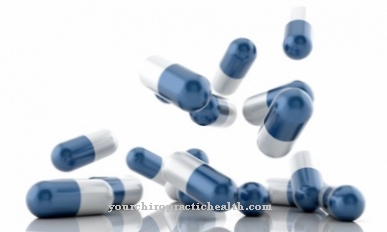
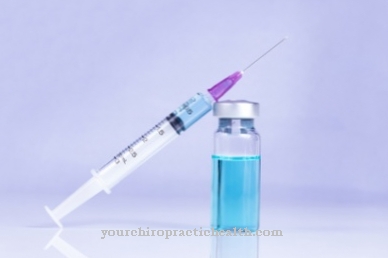
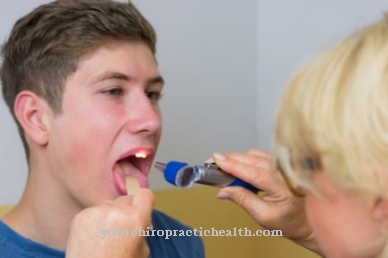
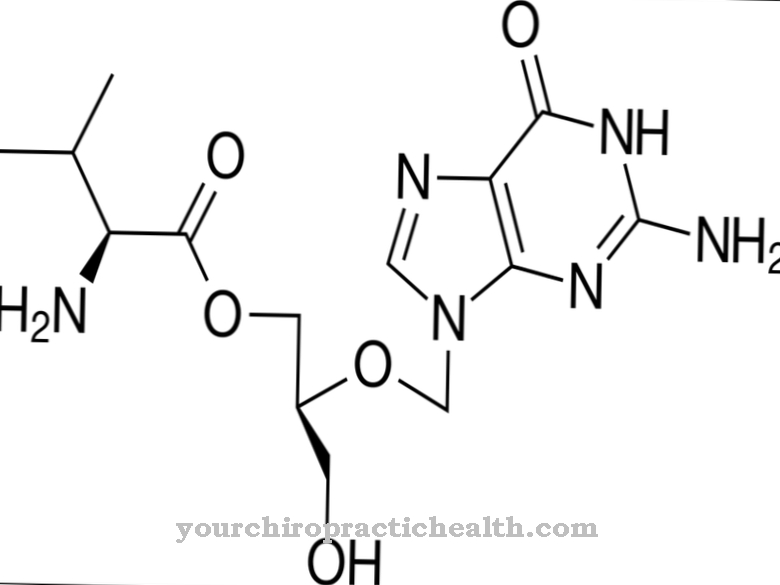
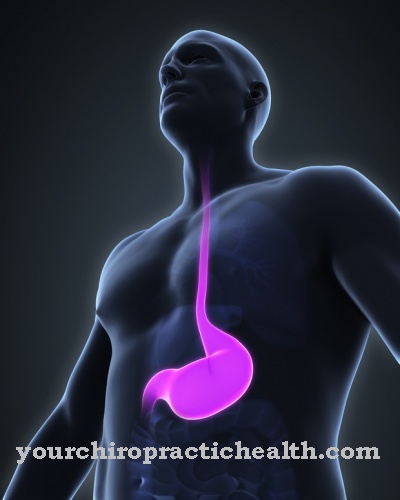
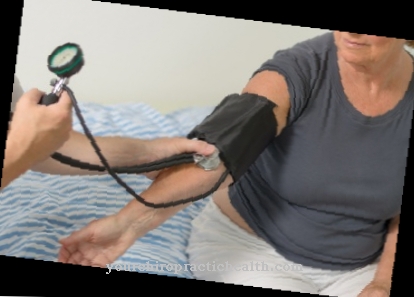






.jpg)

.jpg)
.jpg)











.jpg)